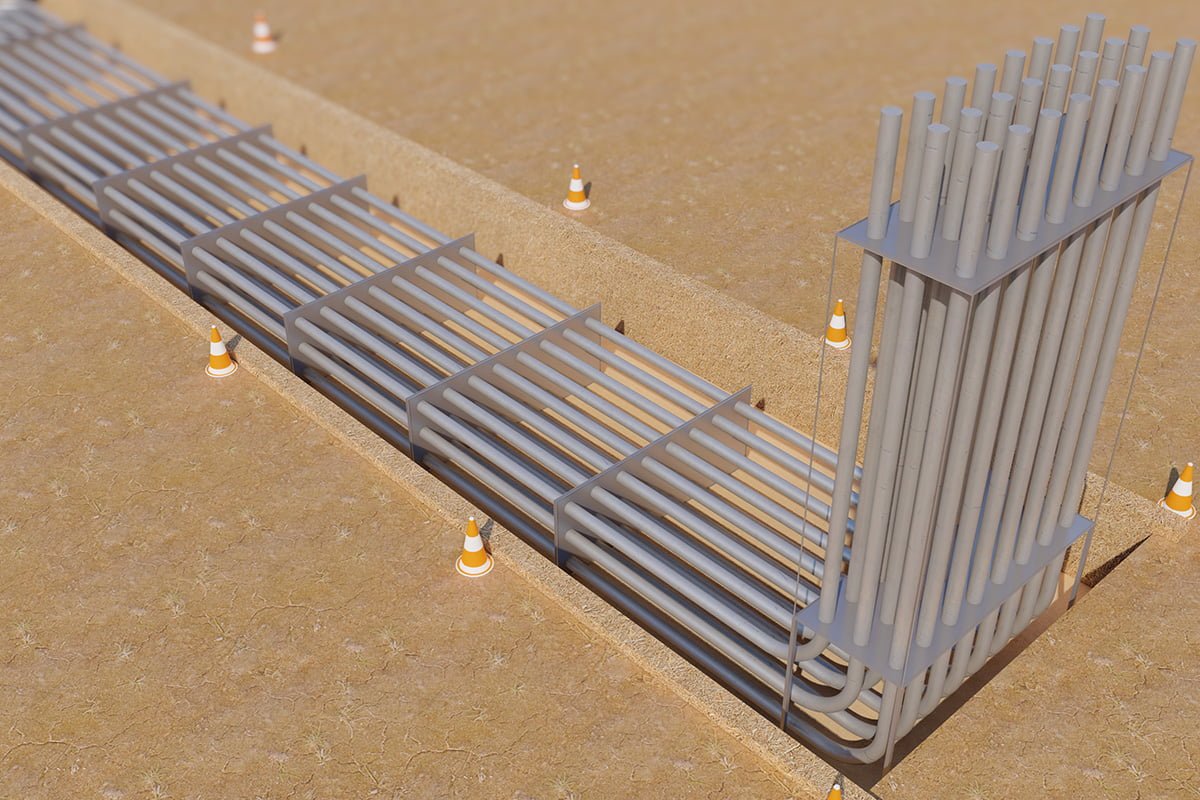In today’s construction industry or environment, it is important to improve project schedules. Pre-fabrication and proper planning facilitate a hassle-free installation process. The prefabrication of products or services makes the process of electrical construction more productive as well as cost-efficient. It helps to obtain a budget-friendly and superior quality electrical system that exceeds the client expectations. Offsite fabrication, preassembly, prefabrication, building information modeling, and modularization are used by the contractors in complex construction projects to reduce cost and to improve efficiency.
This significantly reduced project duration and reduced labor needs. The usage of modular construction methods has seen a rise in recent times. Dozens of innovative firms are adapting and learning new prefabrication, building information modeling (BIM) and manufacturing skills to work faster, smarter, and safer.
Prefabrication in the field of electrical construction involves various procedures including construction feasibility studies, making prompt detailed estimates, and purchase of long lead products. The technique of prefabrication has a vital role in the ever-changing electrical construction industry. Current and future construction use prefabricated parts to ensure timely and affordable completion of projects. Prefabrication has a promising future in the electrical construction industry. Increased quality control, a compressed schedule, and improved safety are the major benefits of this construction strategy.
Nowadays, prefabrication has become innovative as well as mainstream. One of the major advantages of prefabricated products is that it considerably reduces the manpower required for installation purposes. Moreover, this construction method helps overcome logistics and challenges in the future construction industry. Apart from these advantages, prefabrication also possesses some impediments like increased transportation requirements, engineering requirements as well as organizational requirements. Prefabrication and building information modeling (BIM) facilitate the ambitious plan of mass-manufactured buildings. The trend of using pre-casted electrical products is considered to increase in the coming years. Reduced waste, cost predictability, and increased client satisfaction are few positive outcomes of using prefabrication in electrical construction.
Compared to other traditional electrical construction methods, the versatile construction method of prefabrication and building information modeling (BIM) offers greater flexibility. Expenses incurred on the job site as well as overtime costs can be reduced considerably by using prefabricated electrical components. Good project planning is vital to facilitate the successful completion of a construction project. As construction businesses seek better efficiencies and sustainable building practices, prefabrication is expected to find more applications in the future construction industry. This construction operations approach is dependent on labor union relations and supply chain collaboration. The appropriate use of prefabrication and building information modeling (BIM) techniques has a positive impact on the overall project performance.






1 Comment
Dheeraj
Hello,
Thanks for sharing valuable information with us.
This blog will really help me.
Keep sharing..